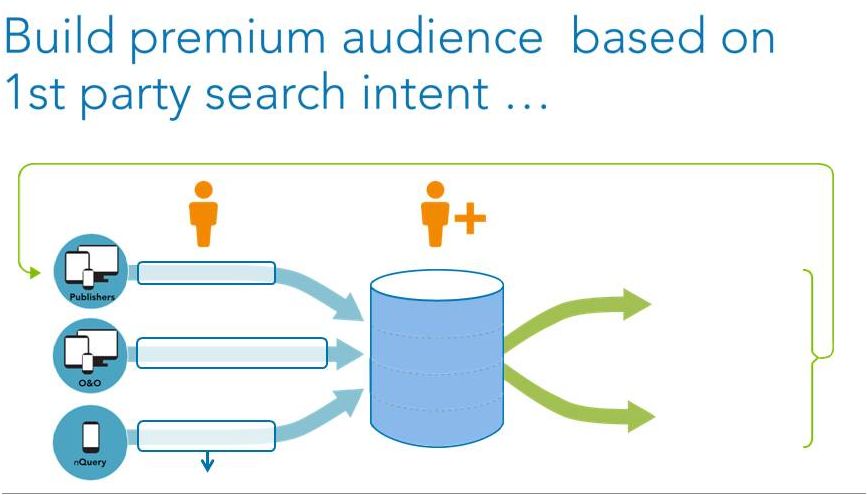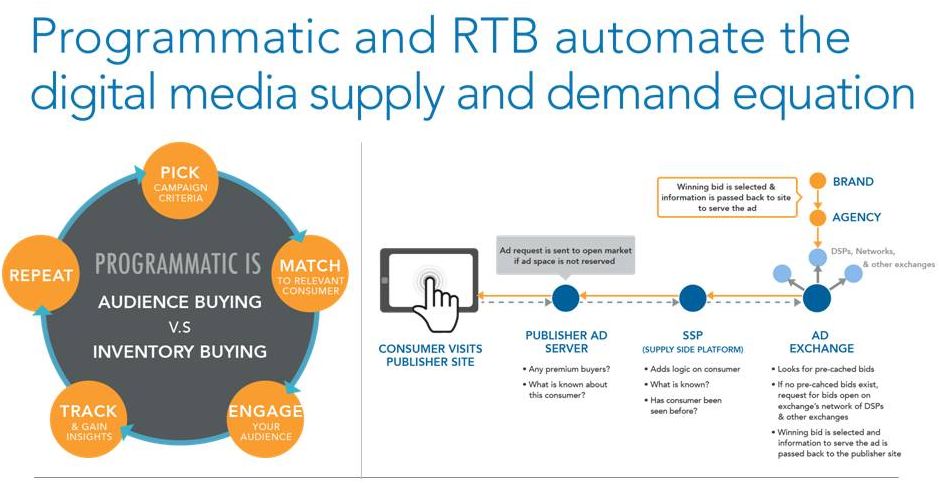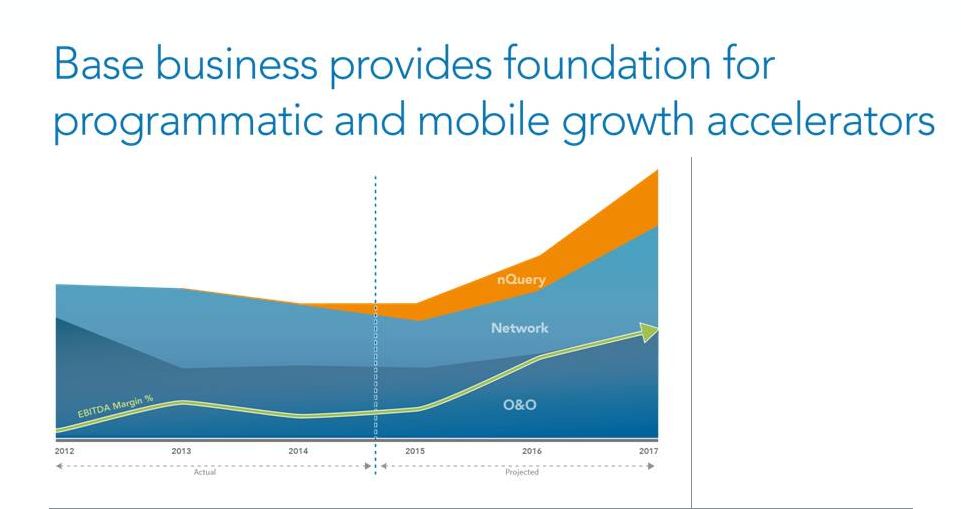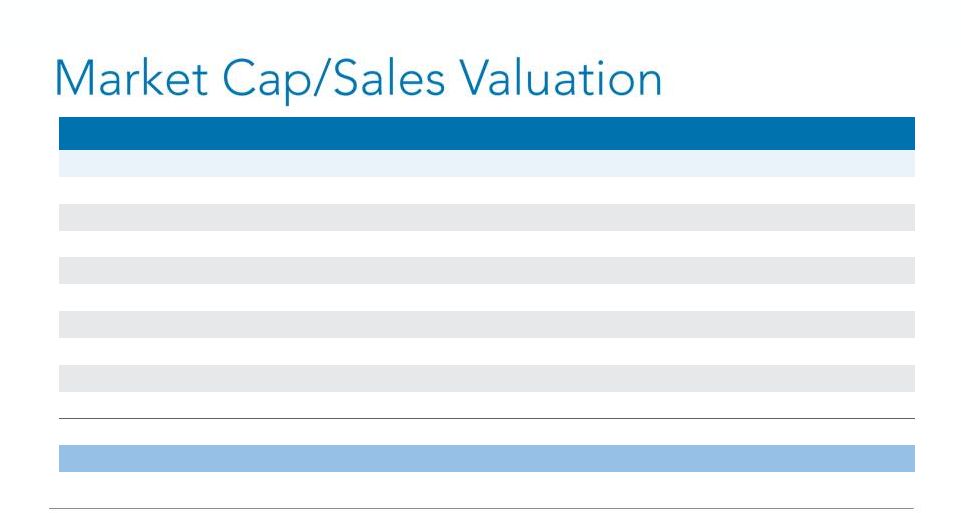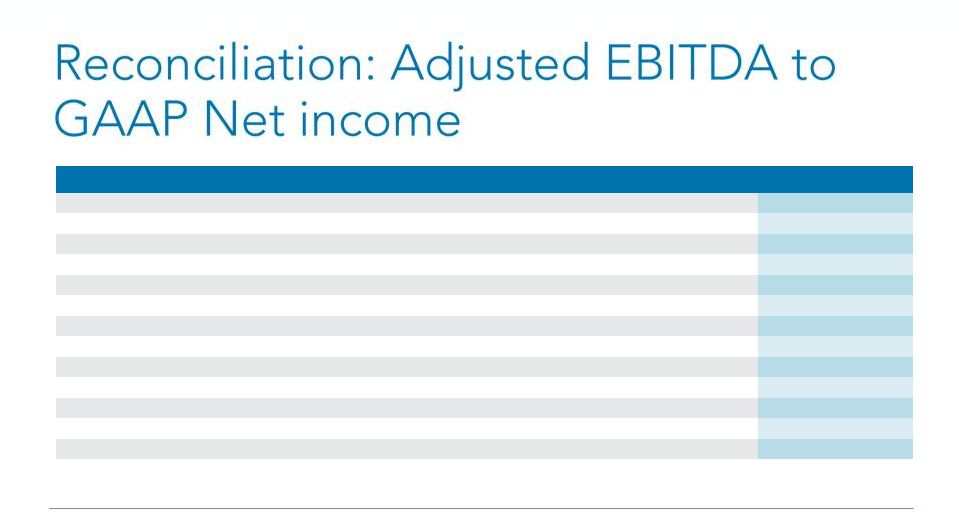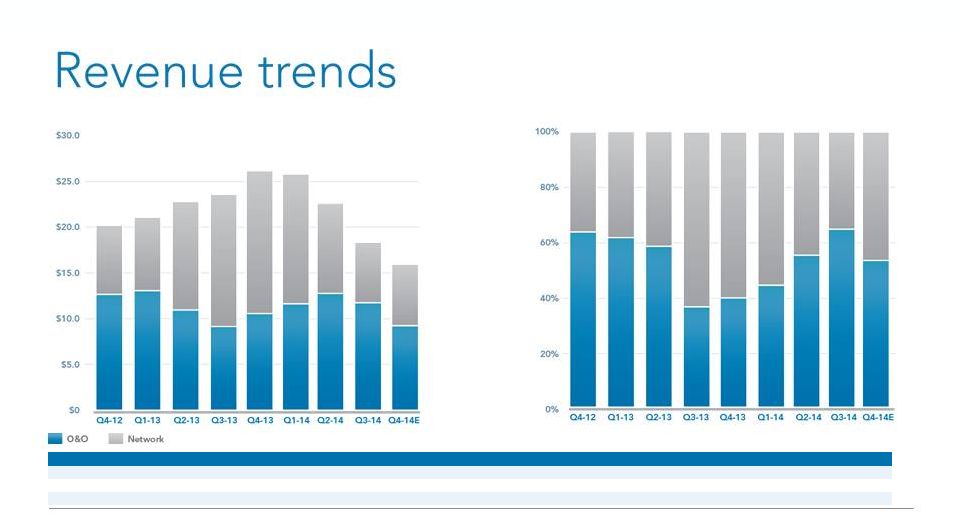2 Corporate Overview – January 2015 Certain matters being discussed by Local Corporation’s management today include forward looking statements which are made pursuant to the Safe Harbor provisions of section 21-E of the Securities Exchange Act of 1934. Investors are cautioned that statements which are not strictly historical statements, including statements concerning future expected financial performance, management objectives and plans for future operations, our relationships with strategic or other partners, the release of new products or services or enhancements to existing products or services, our expectations regarding potential acquisitions and the future performance of past acquisitions including our ability to realize expected synergies, trends in the market for our current or planned products or services, and market acceptance of our products or services, constitute forward looking statements. The forward looking statements include, but are not limited to, any statements containing the words “expect”, “anticipate”, “estimates”, “believes”, “should”, “could”, “may”, “possibly”, and similar expressions and the negatives thereof. These forward looking statements involve a number of risks and uncertainties that could cause actual results to differ materially from the forward looking statements. Those risks and uncertainties are detailed in the company’s filings from time to time with the Securities and Exchange Commission. The information contained in the forward looking statements is provided as of the date of such oral statements and the company disclaims any obligation to update such statements. Adjusted EBITDA is defined as net income (loss) excluding: provision for income taxes; interest and other income (expense), net; depreciation; amortization; stock- based compensation charges; gain or loss on derivatives’ revaluation; net income (loss) from discontinued operations; LEC receivables reserve; finance-related charges; accrued lease liability/asset; severance charges; and an expense related to a settlement accrual. Adjusted EBITDA, as defined above, is not a measurement under GAAP. Adjusted EBITDA is reconciled to net loss and loss per share, which we believe are the most comparable GAAP measures, at the end of this presentation. Management believes that Adjusted EBITDA provides useful information to investors about the company’s performance because it eliminates the effects of period-to-period changes in income from interest on the company’s cash and marketable securities, expense from the company’s financing transactions and the costs associated with income tax expense, capital investments, stock-based compensation expense, warrant revaluation charges, and non-recurring charges which are not directly attributable to the underlying performance of the company’s business operations. Management uses Adjusted EBITDA in evaluating the overall performance of the company’s business operations. A limitation of non-GAAP Adjusted EBITDA is that it excludes items that often have a material effect on the company’s net income and earnings per common share calculated in accordance with GAAP. Therefore, management compensates for this limitation by using Adjusted EBITDA in conjunction with GAAP net loss and loss per share measures. The company believes that Adjusted EBITDA provides investors with an additional tool for evaluating the company’s core performance, which management uses in its own evaluation of overall performance, and as a base-line for assessing the future earnings potential of the company. While the GAAP results are more complete, the company prefers to allow investors to have this supplemental metric since, with reconciliation to GAAP (as noted above), it may provide greater insight into the company’s financial results. The non-GAAP measures should be viewed as a supplement to, and not as a substitute for, or superior to, GAAP net income or earnings per share | 




